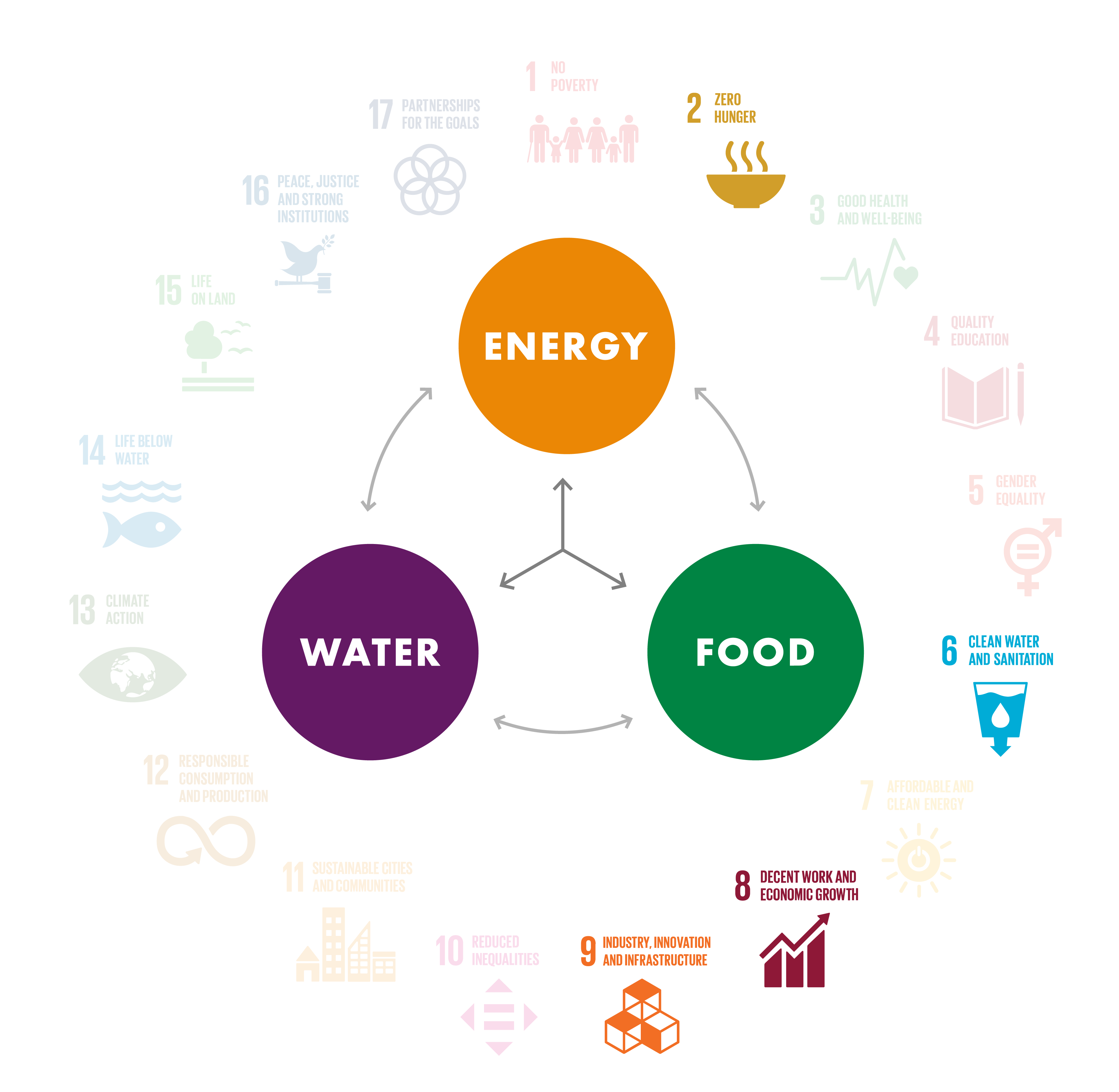Their solution allows crops to be grown in less hospitable environments so Qatar can become a more self-sufficient and prosperous economy, reducing the country’s reliance upon imports.
For lots of environmental and geo-political reasons, Qatar is actively working to become a more self-sufficient country, with a self-sustaining economy. This is frequently discussed in the media and is something that NXplorers students from Qatar Science & Technology School for Boys in Doha hear on a day-to-day basis. So, it’s only natural that when they began the NXplorers programme, their first round of thinking was influenced by this big, national challenge.
One statistic that the students focused on was a projected growth of 6.3% for Qatar’s farming industry by 2026.
In order to support this ambitious goal, the team decided to look at ways to improve soil conditions for Qatari farmers to grow their own crops.
This team took a deeper look at farming in the region. Farming consists of four stages: Seeding, germination, pollination and irrigation. The NXplorers focused on how they could help farmers make higher quality, higher yield crops while using fewer resources and improving the environment.
This was the fundamental problem the students identified – How to make Qatari farming more self-sufficient and reduce the country’s reliance upon costly imports?
To address this challenge the first tool the NXplorers employed was the Connection Circle which they used to identify the four main leverage points in farming resources – sunlight, energy, machines, soil acidity and fertilizers. All these elements affect farming efficiency either negatively or positively. There are lots of potential technologies that the team researched. Personalised fertilisers, hydroponics and magnetized water were considered along with lots of other ideas.
The students then applied the scenario planning and feasibility funnel NXthinking tools to further establish the best technology and the possible pitfalls and positives that they might come across. More than anything it was the NXplorers Feasibility Funnel tool that was the critical point in the programme for this idea. Running ten different potential technologies through this tool helped the NXplorers uncover the potential of Magnetized Water.
Magnetized water is easy to create and it reduces acidity by draining sodium from the soil. This process helps the soil retain water and makes it more fertile. Magnetized water used for irrigation in farming has the potential to answer some of Qatar’s most fundamental challenges – water scarcity, food production and self-sufficiency.
Because of Covid, this NXplorers programme was conducted entirely online. That means that this team were working much more theoretically than is usual. Instead of face-to-face contact with facilitators these NXplorers were working in much more isolation. With this in mind it’s even more impressive that they were able to home in on a local problem and apply practical, tenable solutions with global potential.
This project helped the NXplorers students to see that by removing sodium from Qatar’s soil they can increase crop yield, improve local economic prosperity, improve the self-sufficiency of their nation and contribute to the UN Sustainable Development Goals.
Magnetized water is easy to create and it reduces acidity by draining sodium from the soil. This process helps the soil retain water and makes it more fertile.

Diagram of the United Nations’ Sustainable Development Goals numbered in a large circle, each with a smaller diagram below to represent the specific Development Goal. All of the Development Goals are faded, apart from four of them:
2. Zero hunger
6. Clean water and sanitation
8. Decent work and economic growth
9. Industry, innovation and infrastructure
Within the circle there are three circles in a triangle formation reading ‘Energy’, ‘Water’ and ‘Food’, with arrows to show how they are all interconnected.